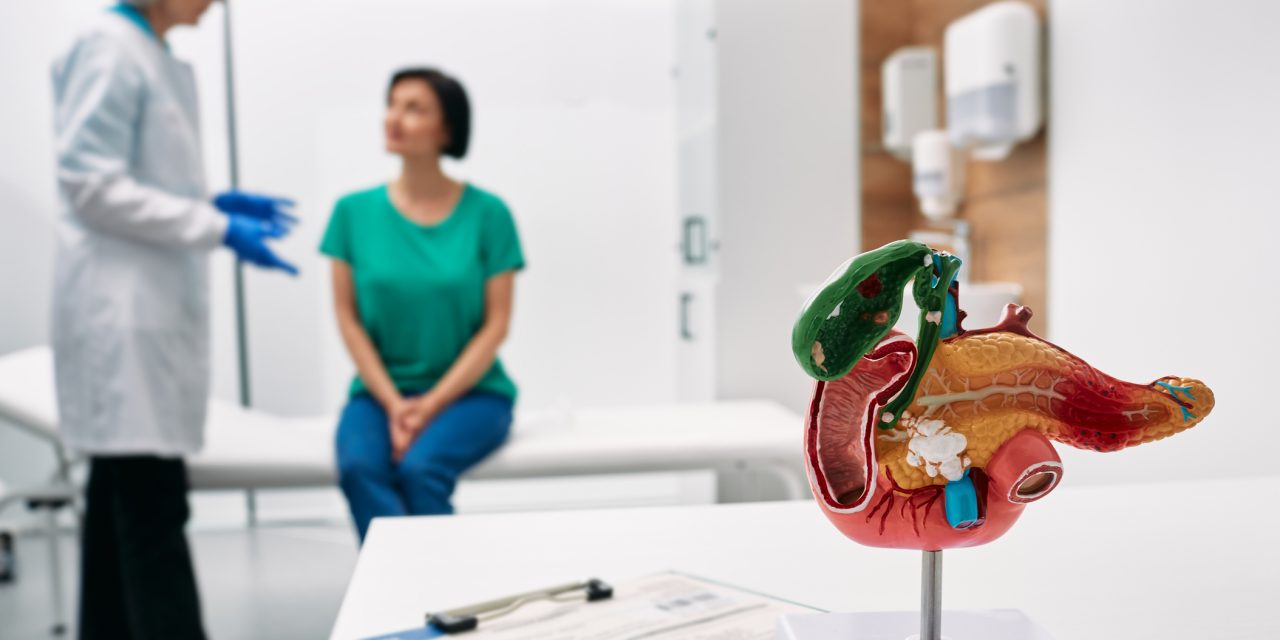Lead (Pb) exposure may cause severe health outcomes such as decreased fertility, joint pain and neurological disorders. It is important to know the Pb exposure level in tea and the risk assessment for local residents who drink brick tea daily. This study detected sixteen brick tea samples over 26 years and fifteen green tea samples in 2011 in a southeast city of Hubei province. The Pb content in brick tea was found to increase rapidly with the fast development of industrial activities represented by car sales from 1985 to 2011, which was less susceptible to gasoline. The concentrations of Pb in 16 brick tea were in the range of 1.77-17.8 mg/kg with a mean value of 11.1 mg/kg. Their percentiles P, P, and P were 13.22, 16.95, and 17.21 mg/kg. A regressional model was built, suggesting strong correlation between the Pb content in brick tea and the car sales. The concentrations of Pb in 15 green tea samples were between 0.36-1.30 mg/kg with a mean value of 0.66 mg/kg and the percentiles P, P, and P were 0.62, 1.05, and 1.23 mg/kg. The MOE values of brick tea and green tea were all greater than 1 just considering tea consumption which displayed low Pb exposure risk. By adding the Pb exposure by food, the MOE values for green tea were still greater than 1 while the MOE values of brick tea were less than 1 suggesting a potential risk of Pb exposure to the people drinking brick tea daily, who should pay more attention.Copyright © 2020. Published by Elsevier B.V.
Interannual variation and exposure risk assessment of lead in brick tea in Hubei, China.


